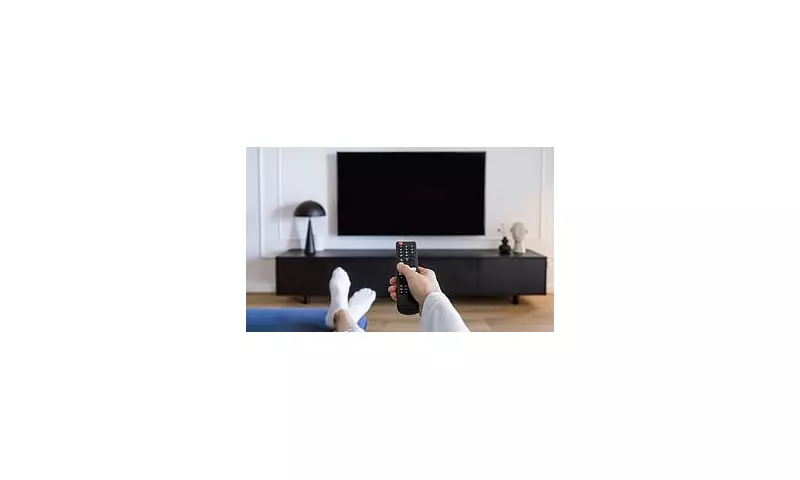
Millions of British households are unknowingly compromising their television viewing experience due to a simple yet critical setup mistake, according to new research that's turning conventional wisdom on its head.
The Great British Television Blunder
A comprehensive study has uncovered that a significant portion of UK residents are positioning their television sets incorrectly, leading to suboptimal picture quality and potential eye discomfort. The research suggests that what many consider 'normal' placement might actually be working against them.
Where Are We Going Wrong?
The primary issue lies in both the height and angle of television installation. Many Brits are mounting their TVs too high, forcing viewers to look upward for extended periods. This common error can cause:
- Neck strain and discomfort
- Reduced picture clarity
- Eye fatigue during longer viewing sessions
- Compromised colour accuracy
The Goldilocks Zone for TV Placement
Experts recommend that the centre of your television screen should be at eye level when you're in your typical viewing position. This might mean lowering wall-mounted sets or adjusting entertainment unit arrangements.
The perfect formula: Your eyes should naturally meet the centre of the screen without tilting your head up or down. This position ensures maximum comfort and optimal picture quality.
Why Proper Placement Matters
Modern televisions are engineered with specific viewing angles in mind. When positioned incorrectly, you might not be experiencing the full capabilities of your high-definition or 4K display. The advanced colour technology and contrast ratios that manufacturers boast about can be significantly diminished by poor placement.
A Nationwide Pattern Emerges
The research indicates this isn't an isolated issue but rather a widespread pattern across British homes. From London flats to country cottages, the same fundamental error persists, suggesting a collective misunderstanding of optimal home entertainment setup.
As television technology continues to advance with OLED, QLED, and 8K displays becoming more accessible, proper positioning becomes increasingly crucial to justify the substantial investment in premium viewing equipment.





